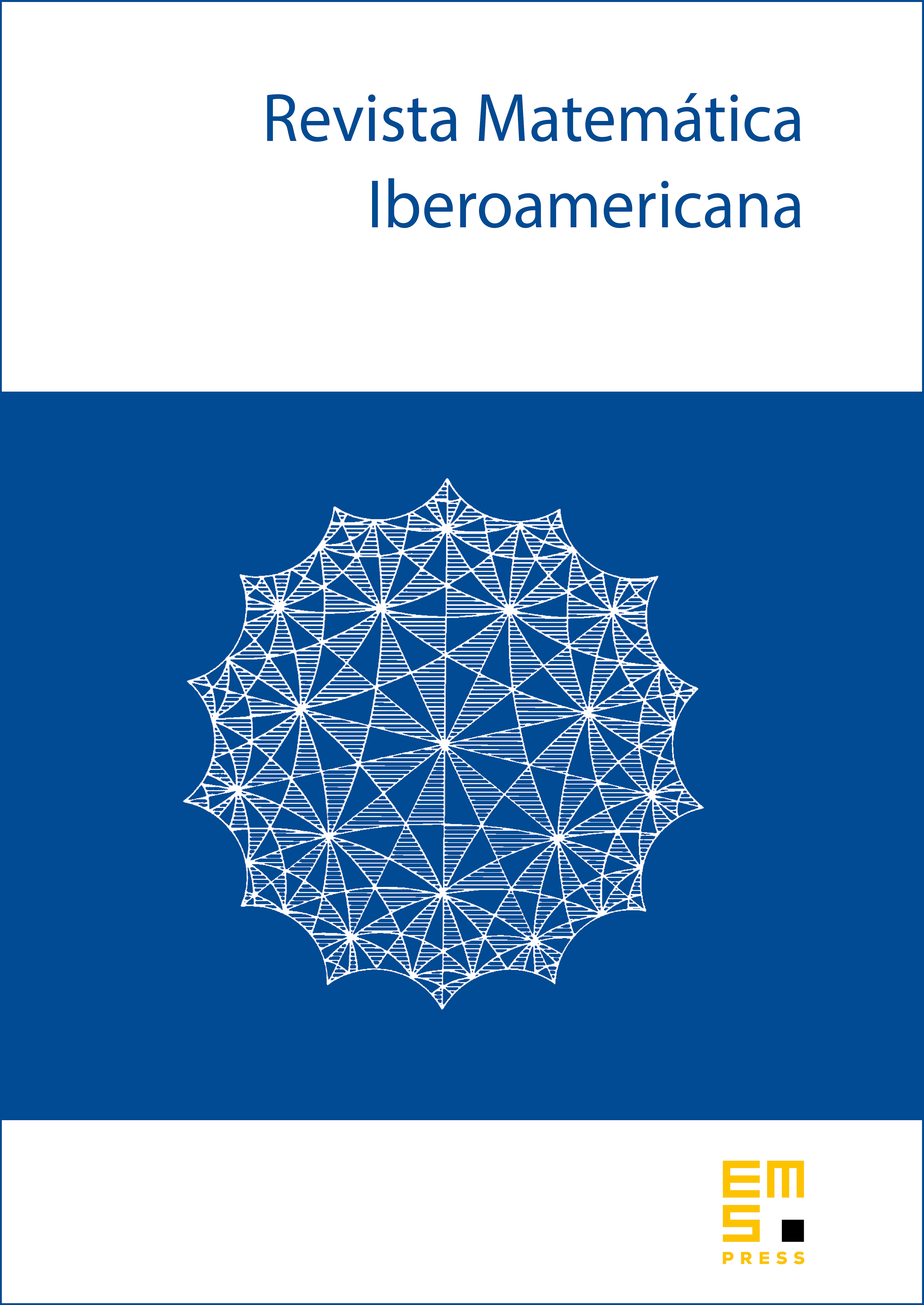Schiffer problem and isoparametric hypersurfaces
Vladimir E. Shklover
University of Maryland, College Park, USA

Abstract
The Schiffer Problem as originally stated for Euclidean spaces (and later for some symmetric spaces) is the following: Given a bounded connected open set with a regular boundary and such that the complement of its closure is connected, does the existence of a solution to the Overdetermined Neumann Problem (N) imply that is a ball? The same question for the Overdetermined Dirichlet Problem (D). We consider the generalization of the Schiffer Problem to an arbitrary Riemannian manifold and also the possibility of replacing the condition on the domain to be a ball by more general condition; to have a homogeneous boundary (i.e., boundary, admitting a transitive group of isometries). We prove that if has a homogeneous boundary, then (N) and (D) always admit solutions (in fact, for infinitely many eigenvalues), but the converse statement is not always true. We show that in a number of spaces (symmetric and non-symmetric), many domains such that their boundaries are isoparametric hypersurfaces have eigenfunctions for (N) and (D) but fail the Schiffer Conjecture or even its generalization.
These ideas can be extended to other (essentially more complicated) overdetermined boundary value problems, including higher order equations and non-linear equations which, in a number of important cases, may also have solutions in domains with isoparametric (and not necessarily homogeneous) boundaries. Also, a number of initial/boundary value problems for time-dependent equations with some extra boundary conditions have solutions for domains with the above boundaries. If a time-dependent equation is non-linear and has blow-up, this blow-up occurs at the same time at all the points on the boundary.
Cite this article
Vladimir E. Shklover, Schiffer problem and isoparametric hypersurfaces. Rev. Mat. Iberoam. 16 (2000), no. 3, pp. 529–569
DOI 10.4171/RMI/283